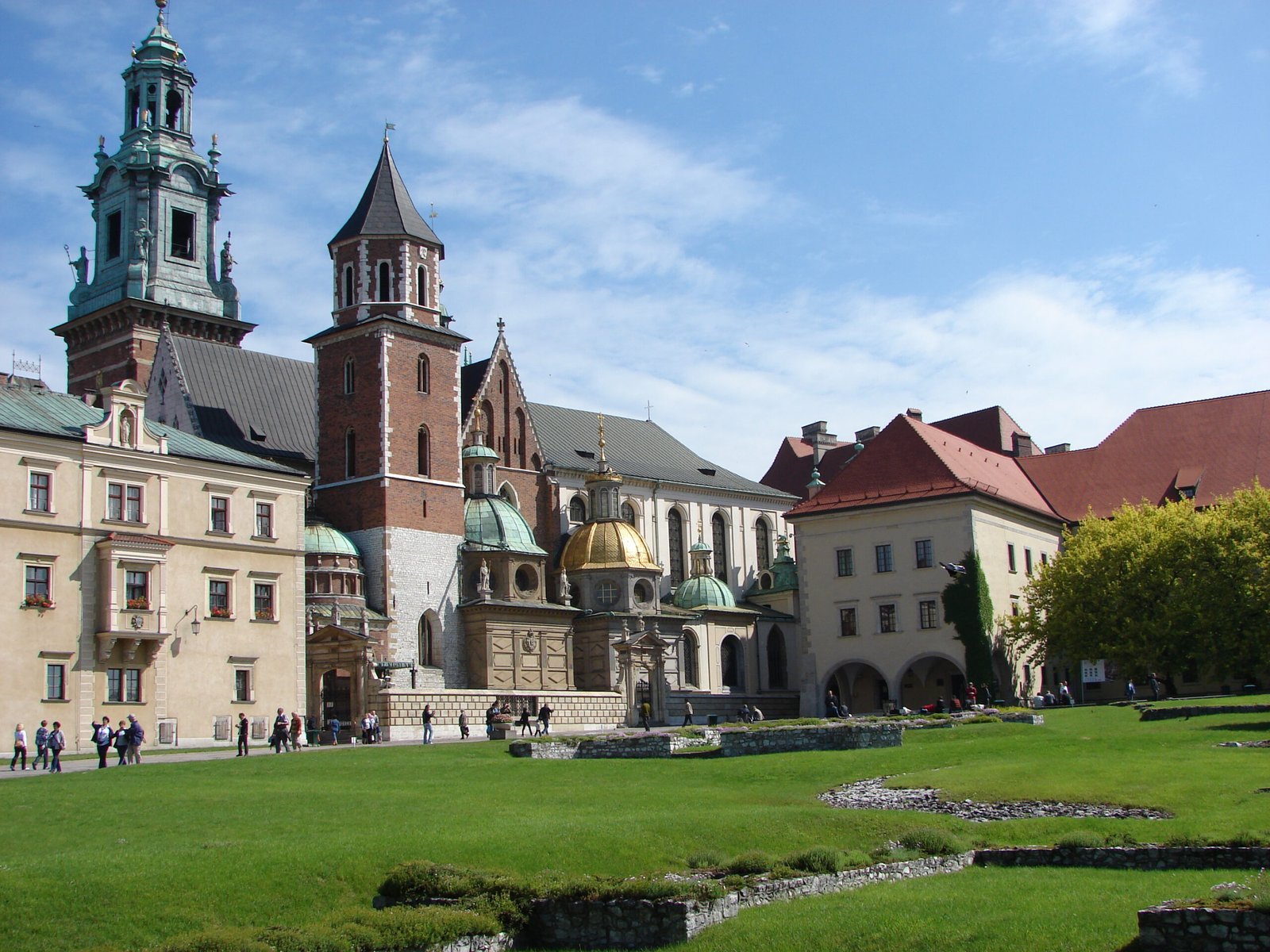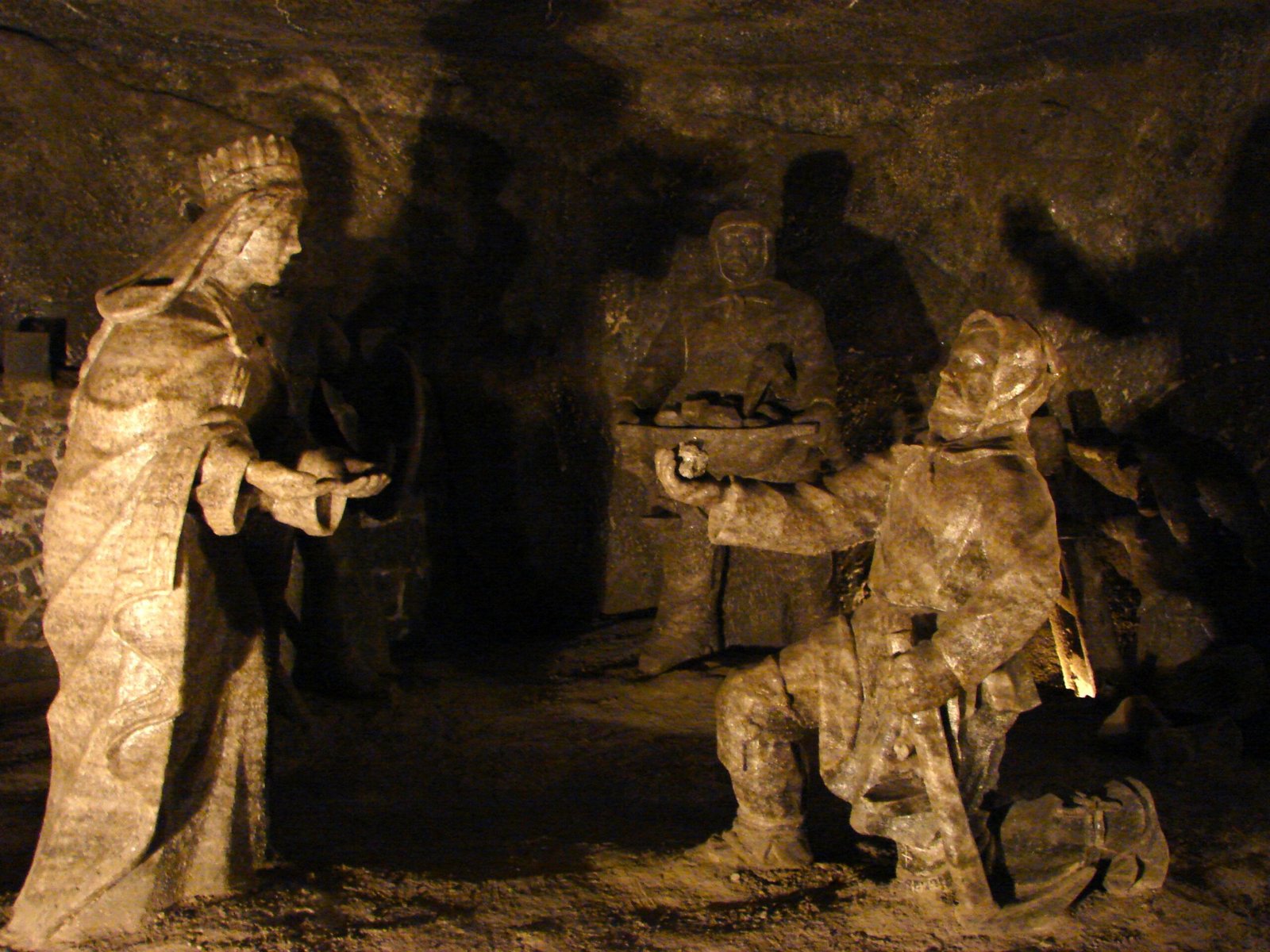Because my parents still live in Belarus and I live in the States, I like inviting them to join our trips from time to time. This way, we can kill two birds with one stone: enjoy some quality family time and explore a new destination together. Over the years, we've visited some incredible places like Albania, Georgia, and Turkey. But our first get-together in Poland in 2009 was very memorable because it was the first time I traveled with my parents as an adult and was in charge of organizing the entire trip.
Poland was a logical choice for our first trip because it borders Belarus, and it was relatively easy to arrange travel for my parents. With only five days, we decided to split them between Warsaw and Kraków, two major cities. As for Warsaw, my parents didn't care much for it. In the early 1990s, my dad (and occasionally, my mom) traveled to Warsaw on weekends to sell Belarusian wares at local markets and buy Western goods to sell back home. Economic collapse that followed the dissolution of the Soviet Union forced my parents to engage in this buy-sell side hustle across the border just to make ends meet. So, while I was excited to explore the Polish capital, my parents didn't appreciate it as much because it reminded them of hard times. Although we visited the Old Town, the Royal Castle, and the National Museum, my parents were more interested in discussing my life in the States and sharing news from home than exploring the city.
After two days in Warsaw, we took a train to Kraków - the old Polish capital my parents had never visited before. In Kraków, things started to change. I noticed that my parents slowly started to warm up to the idea of exploring Poland rather than using its territory solely to relay family news. We strolled the market square, stepped inside the impressive Gothic St. Mary’s Basilica, and ate delicious Polish food.
Everything was smooth sailing until … I made a mistake.


While in Krakow, I felt obligated to visit Auschwitz, which was only a short minibus ride away. The place is one of the most important sites preserving the memory of the Holocaust and the atrocities of WWII. I truly believe that learning history, including its horrible chapters, is equally important as seeing picturesque locations, eating delicious meals, and generally having a good time while traveling. I felt we had to go. When I announced plans to my parents, they didn't voice any objections and simply followed along.
A minibus dropped us off in Oświęcim (the Polish name of Auschwitz) near the entrance to the former concentration camp. Walking through the gate, we were greeted by the Nazi infamous slogan Arbeit macht frei (“The work sets you free”). This chilling welcome was only the beginning of the depressing visit.
We chose not to hire an official guide and instead moved around the memorial on our own. We went inside the barracks, where prisoners lived in abysmal conditions and were killed, tortured, and subjected to medical experiments. Cruelty, inhumanity, and little regard for human life were on display everywhere: gas chambers, crematoriums, and the wall where prisoners were shot daily. We read descriptions on walls, looked at endless photographs of victims, and registered evidence of heinous crimes with our own eyes. The fact that more than a million people were murdered here was simply incomprehensible. We moved around the camp in a state of emotional numbness, with our minds refusing to grasp the scale of the tragedy.
Normally, we can spend an entire day visiting an important place like this. But here the experience was so emotionally draining that our mental batteries quickly ran out. We didn't see everything, but even with those things that we witnessed, it was too much to take in. After about three hours, we decided that we'd had enough.
Waiting for a minibus back to Krakow, none of us spoke a word. We just stood there at the bus stop in quiet distress. Having grown up in Belarus, which suffered greatly during WWII—and with another concentration camp, Maly Trostenets, located minutes from my childhood home—I felt ridiculous for bringing my parents here. With only five days to spend together, why in the world did I bring them to the mass murder site instead of enjoying another day in Krakow? The idea of visiting Auschwitz was good in theory, but now I was regretting my choice.



I needed to save this day somehow.
And there was a place nearby that could do the trick.
Instead of going straight back to Krakow, we took a detour to a little town called Wieliczka. We got there in the late afternoon, just in time for the last tour of the day. Boarding the cramped elevator that was going underground, my parents were giving me side eye, “What is this? Is he taking us to another extermination camp? A mass underground grave?”
After a short ride filled with nervous giggles from my parents and the people around us, we reached the bottom of the shaft and began walking through the dark, narrow passages. The guide who accompanied our group spoke only Polish, and we didn't understand most of his presentation, but none was needed. The spectacle of Wieliczka Salt Mines was unfolding right before our eyes.
Having been discovered in the 13th century, Wieliczka Salt Mines continuously produced table salt for nearly 800 years. In the Middle Ages, when salt was a luxury item, the mines were an important asset of the Polish Crown. These days, salt is no longer being excavated here, but the mines have become a premier tourist attraction and a UNESCO World Heritage site.
We followed the guide, who took us on a tourist route of interconnected salt rock-carved chambers. In each room, there was something fascinating. Some had rock-carved chapels dedicated to Polish saints; others depicted scenes from Polish folklore or the salt excavation process. In one room, we were greeted by a statue of King Casimir, who is credited with instituting salt excavation in Wieliczka; in another, we met face-to-face with a statue of Nicholas Copernicus, who was one of the first tourists who visited the mines, albeit 500 years before we did. And everything, every wall, statue, or sculpture, was made of salt (!!!) My dad even rubbed his index finger on the wall and licked it to confirm that.
The grand finale of the tour was St. Kinga’s Chapel—an enormous chapel cut underground in rock salt. The chapel was spacious and opulent, despite being more than 100m underground. It was also beautifully lit with light flickering from colossal salt-crystal chandeliers hanging from the ceiling. The most photographed parts of the chapel were the bas-relief of the Last Supper cut into one of the walls and a statue of the Polish pope, John Paul II.



As we approached the end of the tour, I glanced at my parents and saw that they were having a blast exploring every corner of the chapel. I started to feel better that I didn’t ruin the entire day with my day trip planning. On the way back to Krakow, my parents were once again happily chatting about news from some distant cousins, as I leaned back in my bus seat, trying to process all the highs and lows of this strange day. My parents still trust me to plan all our “reunion” trips, and not once did they question my itineraries. To be fair, I never took them to another concentration camp, but I still dragged them to every museum and UNESCO site in my quest to learn the history and culture of every place I visit.
Coming up next: This Way? That Way? Norway!

